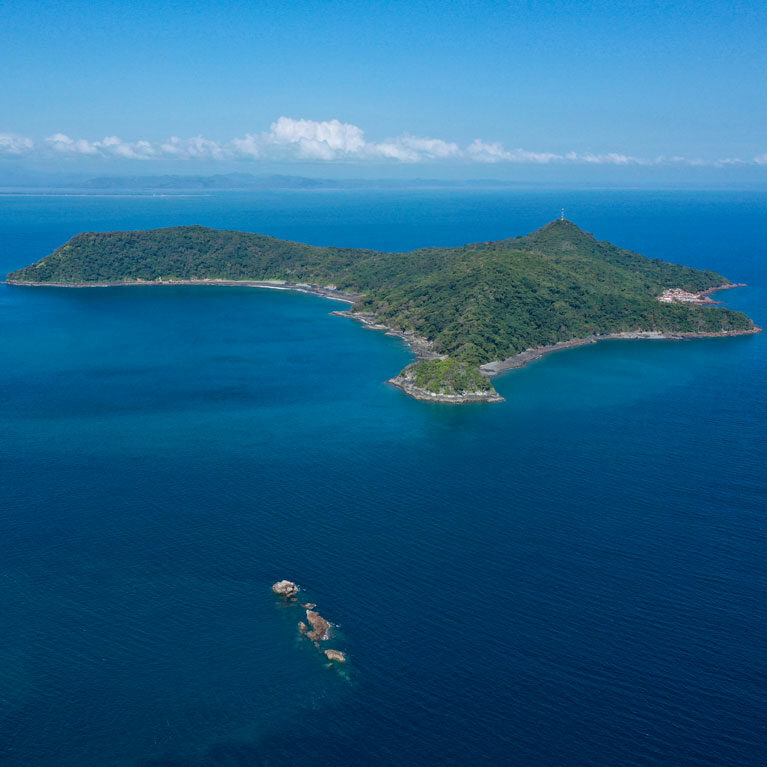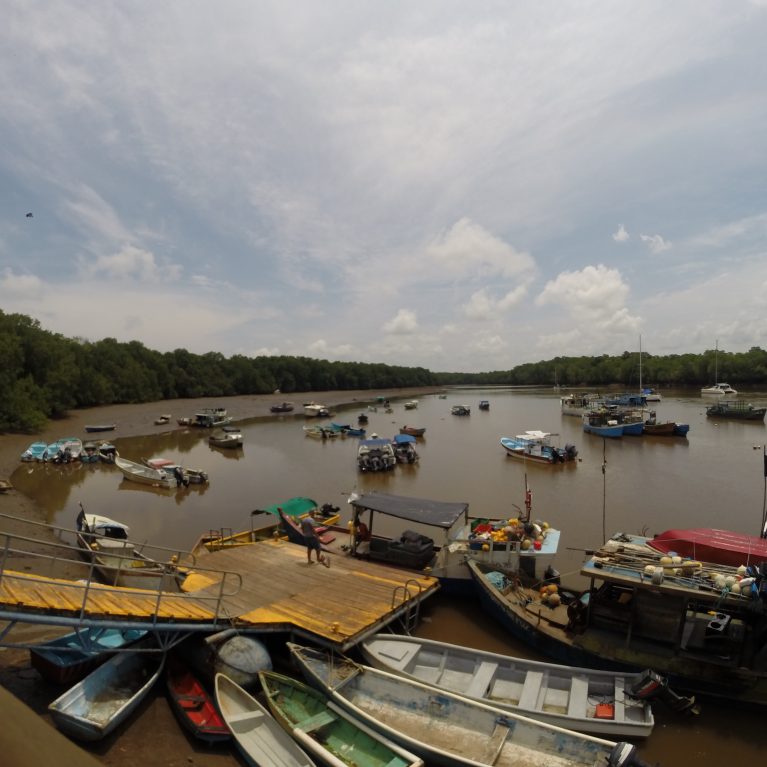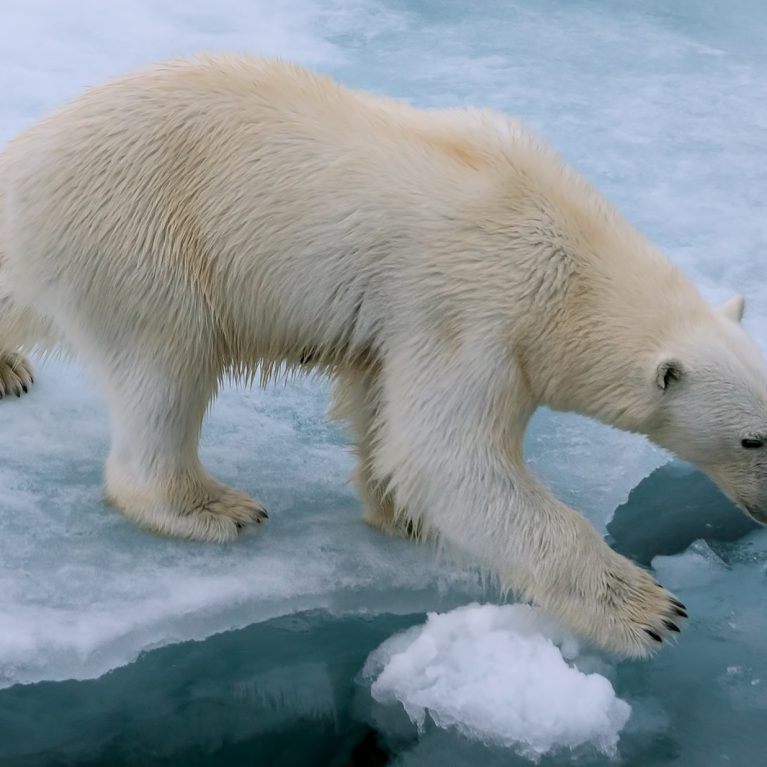Critical habitat for sharks
The rich mangrove systems of the tropical eastern Pacific provide a safe haven for baby sea creatures, including sharks and rays. Juliana and Alex are working with local fishing communities to find a way of sustaining both people and biodiversity.
Brought together by the same powerful attraction to the ocean, we combine two different worlds, two different ways of interacting with wildlife and exploring the wildest corners of the planet. Alex, born and raised in Britain, has spent most of his life discovering the world by living in places such as India, Russia, Egypt, Mozambique and Belize. Juliana hails from the heart of Colombia, where her childhood explorations barely scratched the surface of this mega-diverse country.
Alex found the magic of the ocean in Fiji at the age of 18, immersed in coral reef colours and forms. Juliana fell in...
Brought together by the same powerful attraction to the ocean, we combine two different worlds, two different ways of interacting with wildlife and exploring the wildest corners of the planet. Alex, born and raised in Britain, has spent most of his life discovering the world by living in places such as India, Russia, Egypt, Mozambique and Belize. Juliana hails from the heart of Colombia, where her childhood explorations barely scratched the surface of this mega-diverse country.
Alex found the magic of the ocean in Fiji at the age of 18, immersed in coral reef colours and forms. Juliana fell in...



Assessment of elasmobranch critical habitat in the Tropical Eastern Pacific
To identify coastal areas of key importance to sharks and mobulid rays in the tropical eastern Pacific and assess the adequacy of their current protection.
This study will generate crucial data on a vulnerable and little-known group of elasmobranchs in an extremely understudied system, highlighting important priorities for marine conservation and fisheries management.
The tropical eastern Pacific harbours great biodiversity and impressive productivity of marine resources, yet the continental shelf of the tregion has received scant attention, since most scientific efforts and conservation funds are drawn to the emblematic island groups of Cocos, Malpelo and Galápagos. However, neglecting the coast is a risky situation since elasmobranchs rely on critical habitats, such as mangroves and estuaries, on the continental shelf as nursery grounds where juveniles can grow with lower predation risk or greater energetic intake. A great proportion of by-catch in the region is represented by sharks and rays caught on long-lines or trapped in nets of fishing vessels. Hence, identifying key habitat is a very useful conservation tool in these countries where the need to protect sharks is gradually increasing through their inclusion in national fisheries management plans.
The need for this project became apparent during a scouting trip to Ecuador and Colombia in 2012. Visiting many ports and communities, we were staggered by the productivity of this region and our capacity as humans to exploit it. We watched myriad fishes, sharks and rays being landed in even the smallest artisanal fisheries. Preliminary meetings with local managers and NGOs highlighted the lack of ecological knowledge of this region and its species, and the need for comprehensive scientific information on which to base sustainable management of marine resources.
The aim of this project is to assess the adequacy and extent to which current marine protected area coverage and management strategies protect critical habitat of elasmobranch species of the tropical eastern Pacific.
To achieve this we will:
- Evaluate the use of coastal marine habitat in the tropical eastern Pacific (Ecuador, Colombia and Costa Rica) by hammerhead sharks and mobulids.
- Compare the above information with current management strategies in each country, such as protected area delimitation, zoning schemes and fishing regulations, and identify priorities for effective protection of sharks and rays, and their critical habitats according to life stage.
- Provide advice and recommendations to marine protected area managers.
- Raise local community awareness of the ecological and economic importance of large elasmobranchs, and the need for their long-term management and protection in the tropical eastern Pacific in order to facilitate legislative changes on a community level.


